PC Power & Cooling Silencer 750 Quad CF-Edition
by Christoph Katzer on July 18, 2007 1:00 AM EST- Posted in
- Cases/Cooling/PSUs
Temperatures (Ambient 25-50°C)
We feel it is important to show what each power supply is truly capable of providing. The easiest way to separate the cream of the crop from inferior quality is to let the power supplies run in a very hot environment. Cheap components give up quickly and under stress conditions we can force lesser power supplies to fail. Good components will withstand the tremendous heat and keep on running. With increasing heat we will see the voltage of each rail dropping. This is a normal response from the components since they cannot deliver the same performance with increasing temperatures.
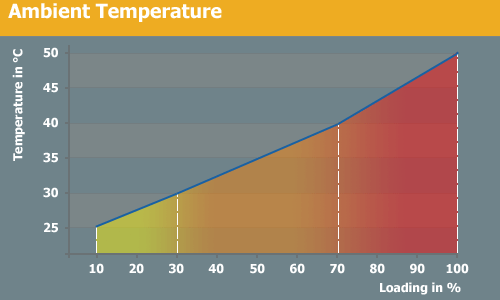
To heat up a box to 50°C you don't necessarily need a thermal chamber. For our tests we are using a natural circumstance. Our acoustic testing box is well isolated and will heat up with the running power supply inside. While this will not give us accuracy to a tenth of a degree, we can get a very good result for our use. To help the chamber heat up, we installed high wattage light-bulbs. If the temperature gets too high we cool it down with fresh air from outside. In this way we keep the same temperature for the different loads on each unit.
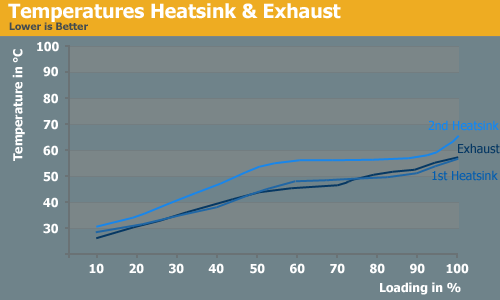
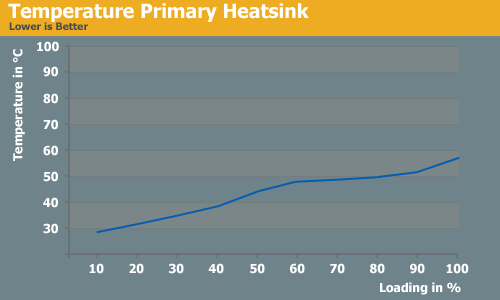
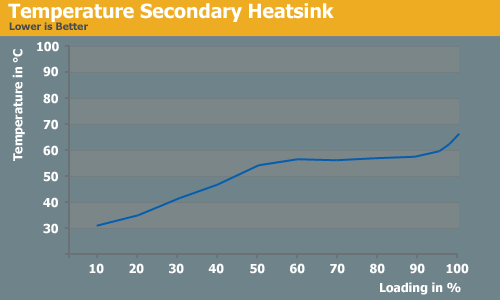
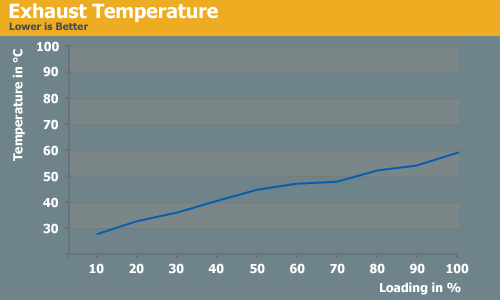
Under higher ambient temperature the heatsinks show similarities to room temperature. They get progressively warmer but the results are almost parallel to each other. The exhausted temperature is generally close to that of the primary heatsink. In comparison with the OP650 the secondary heatsink of the Silencer is much bigger in size. With the bigger size it has an increased capacity and better ability to transfer the heat into the air. The heatsink becomes cooler and can therefore cool components attached to it better.
We feel it is important to show what each power supply is truly capable of providing. The easiest way to separate the cream of the crop from inferior quality is to let the power supplies run in a very hot environment. Cheap components give up quickly and under stress conditions we can force lesser power supplies to fail. Good components will withstand the tremendous heat and keep on running. With increasing heat we will see the voltage of each rail dropping. This is a normal response from the components since they cannot deliver the same performance with increasing temperatures.

To heat up a box to 50°C you don't necessarily need a thermal chamber. For our tests we are using a natural circumstance. Our acoustic testing box is well isolated and will heat up with the running power supply inside. While this will not give us accuracy to a tenth of a degree, we can get a very good result for our use. To help the chamber heat up, we installed high wattage light-bulbs. If the temperature gets too high we cool it down with fresh air from outside. In this way we keep the same temperature for the different loads on each unit.




Under higher ambient temperature the heatsinks show similarities to room temperature. They get progressively warmer but the results are almost parallel to each other. The exhausted temperature is generally close to that of the primary heatsink. In comparison with the OP650 the secondary heatsink of the Silencer is much bigger in size. With the bigger size it has an increased capacity and better ability to transfer the heat into the air. The heatsink becomes cooler and can therefore cool components attached to it better.










31 Comments
View All Comments
Christoph Katzer - Wednesday, July 18, 2007 - link
Thanks, was of course wrong. I changed it now.